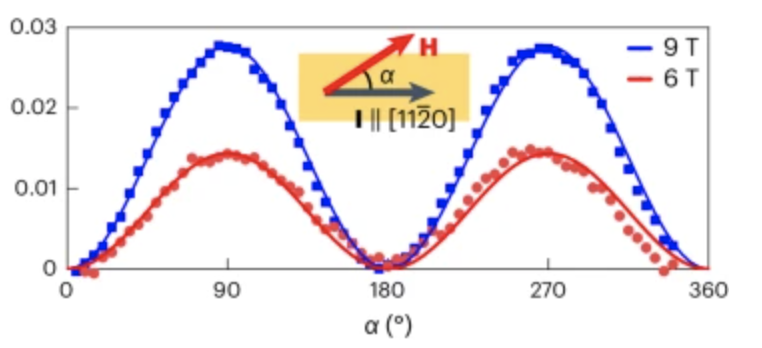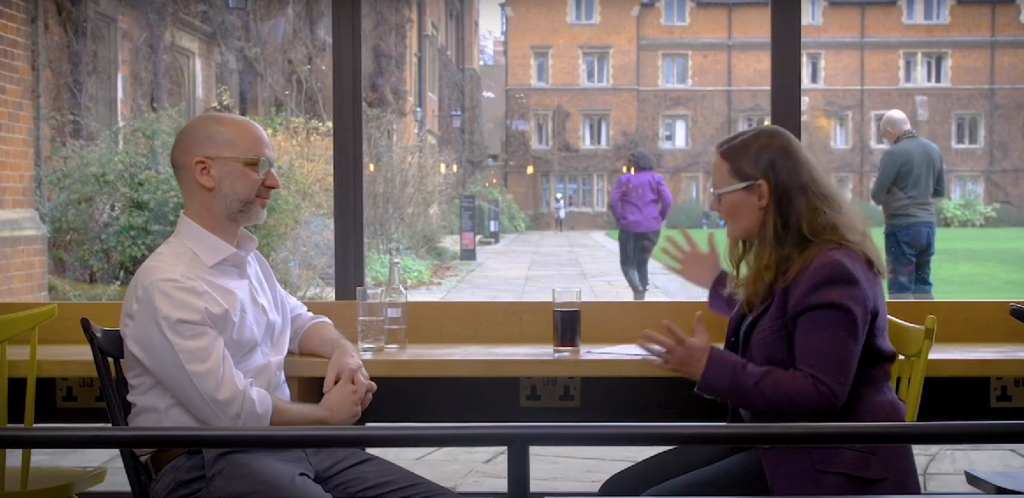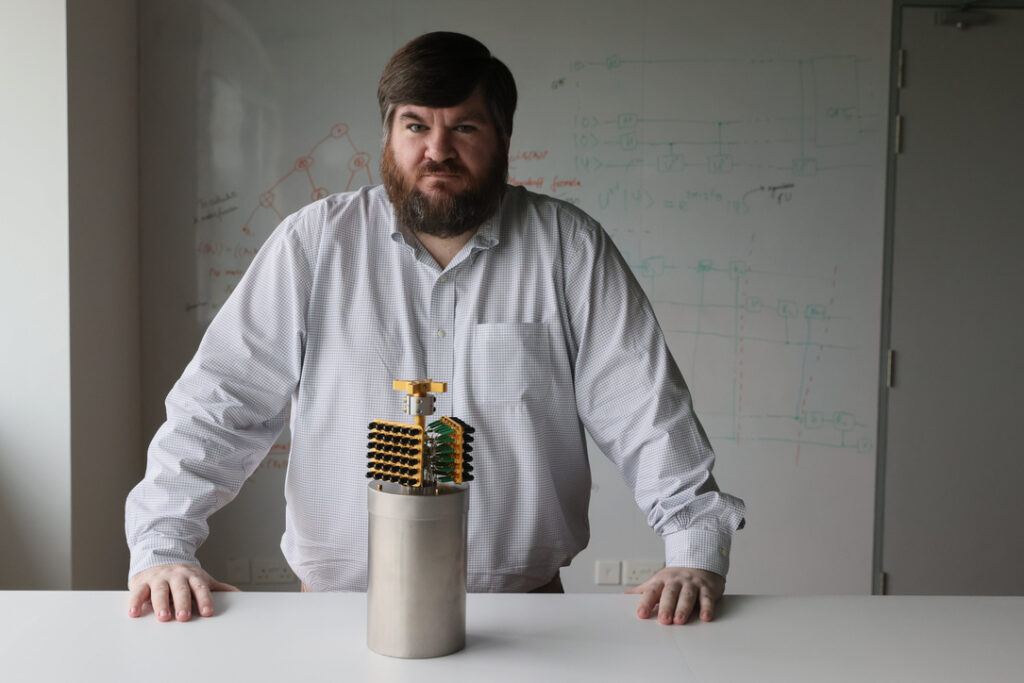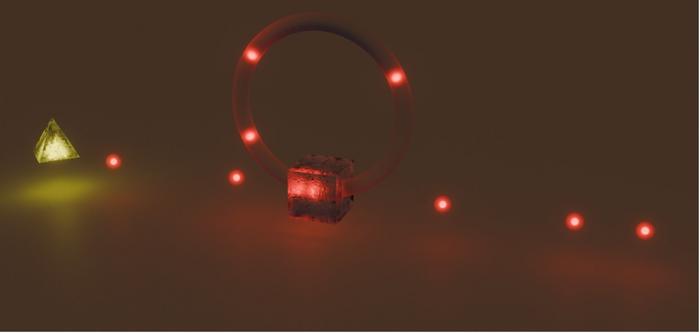
The role of hype in communicating science is increasingly an area of concern for quantum researchers and entrepreneurs. According to a science communication researcher, hype around science — especially quantum science — can be bad, can be good sometimes, and is probably inevitable for the rapidly expanding quantum science and technology fields.
In a recent study, Tara Roberson, a postdoctoral researcher at the Australian Research Council Centre of Excellence for Engineered Quantum Systems (EQUS), examined the negative and positive effects of hype in the communication of science and technology.
Hype, she says, is a feature of language used to communicate unrealized possibilities which commonly involves intensification, or exaggeration of topics.
According to Roberson, because quantum technology is an emerging area, hype is more likely in messages and discussions.
“When it comes to new and emerging areas of science and technology, hype is inevitable. It is inevitable because visions of the future play a vital role in guiding and motivating research.”
“When it comes to new and emerging areas of science and technology, hype is inevitable,” said Roberson in an email interview. “It is inevitable because visions of the future play a vital role in guiding and motivating research. Hype prototypes futures by arguing for the viability and potential of the topic at hand. Practically, hype also helps attract the necessary resources — for example, funding and social capital — required to do research in new or emerging disciplines.”
Hype plays a role in coordinating the significant research activities that surround quantum, added Roberson, who is a science communicator and social scientist who works with quantum physicists to understand the societal implications of quantum technologies.
“Researchers and industry stakeholders have crafted visions of future uses around and expectations for quantum technologies,” said Roberson. “This language has shaped our understanding of the potential of quantum technologies and their proximity to market.”
Where Hype Can Go Really Wrong
Hype in science and technology can have significant negative consequences, according to Roberson, who reports her findings in Public Understanding of Science. Exaggerations made while hyping research can downplay costs and risks and deceive people on how well developed — or not — a technology or treatment might be.
“Exaggeration in the 2000s over stem cell science is a common example of this. Hype in this case over potential treatments has been linked to the rise of stem cell tourism.”
She said health and medicine is a field where society has often dealt with the downside of hype.
“We see this most easily in health and medicine communication where hype over potential new treatments can impact patients and the people around them,” Roberson said. “Exaggeration in the 2000s over stem cell science is a common example of this. Hype in this case over potential treatments has been linked to the rise of stem cell tourism.”
She sees several areas where the quantum community should keep their eye on.
“In a field like quantum, the drawbacks of hype are more likely going to be linked to risks of return on investment, especially as we increasingly focus on the commercialisation of quantum technologies,” said Roberson. “The concern I hear most regularly raised by researchers is that continued hype and lack of technological advancement or open discussion of risk might eventually produce a quantum winter.”
Hype as a Communication Tool
Used constructively, hype can be a tool for productive science communication, said Roberson, who earned her doctoral degree in Canberra at Australia’s National Centre for Public Awareness of Science at ANU.
“Hype is a tool in our language toolkit. It helps us imagine the future and convey excitement. The problems that occur with hype are usually related to deception.”
“Hype isn’t always a bad thing!” she said. “Hype is a tool in our language toolkit. It helps us imagine the future and convey excitement. The problems that occur with hype are usually related to deception.”
Hype can help attract funds and support — and even be used to invite discussion on trajectories of science and innovation, Roberson said. Interestingly, quantum hype may even promote discussion over the societal aspects of quantum technology.
“In other words, by making a topic exciting and putting it out into public discourse, you attract attention and responses from other parties,” she added.
These discussions are important in quantum because they can help address pitfalls or challenges.
“In quantum, we want to avoid some of the challenges encountered by, for example, artificial intelligence when it comes to the reproduction and amplifications of existing socioeconomic marginalisation and discrimination ,” said Roberson. “Inviting diverse perspectives during the development of technology is a good way of starting a conversation on how to responsibly create quantum technologies.”
Communicating the Public Good of Quantum Science and Technology
According to a recent paper published by Roberson and collaborators in Quantum Science & Technology, the way messages about quantum technologies are currently being communicated presents a risk because it could lock the field into narrow trajectories and limits alternative possibilities. She said that the quantum community should keep a close watch on this restriction of possibilities.
“Public discourse around quantum should focus on a wider range of applications, be more open about risks and timelines, and support contributions from more diverse voices.”
“Quantum researchers and industry stakeholders should review and resist those narrowly imagined benefits and end uses of quantum,” said Roberson. “We need a shift in rhetoric to allow for discussion of the public good of quantum technologies, including more civic-focused applications.”
To do this, the quantum community should continue conversations over the implications of quantum technologies.
“Public discourse around quantum should focus on a wider range of applications, be more open about risks and timelines, and support contributions from more diverse voices,” said Roberson.
Quantum Ethics, A Call to Action. Periodically, The Quantum Daily will consult with leading experts on ethical challenges facing the quantum community — and elevate possible solutions to these challenges.
If you found this article to be informative, you can explore more current quantum news here, exclusives, interviews, and podcasts.






















